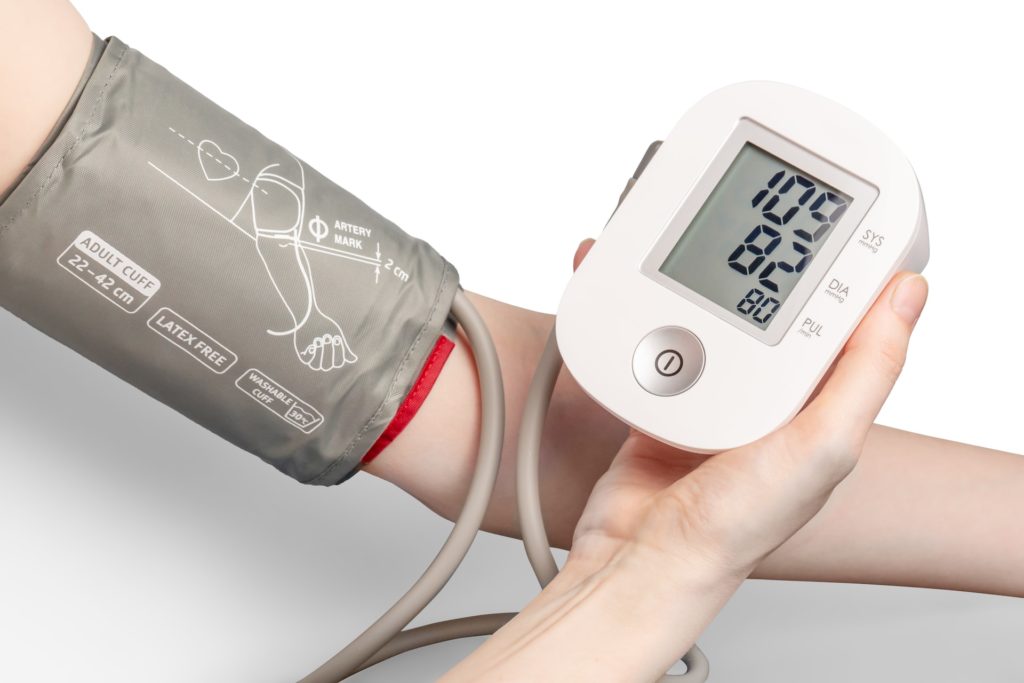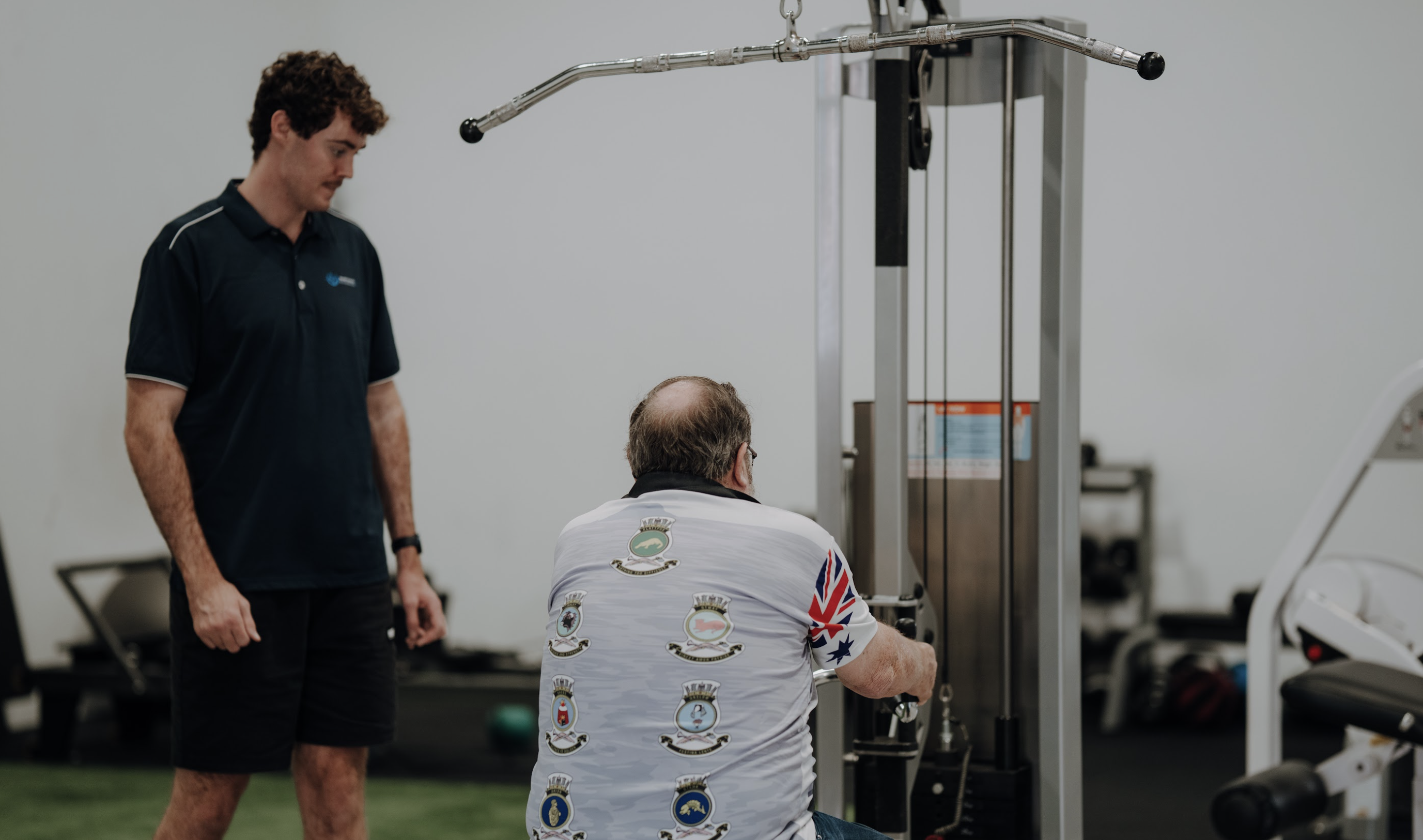The risk of high blood pressure (hypertension) increases with age, unhealthy diet and physical inactivity. Reducing hypertension prevents heart attack, stroke, kidney damage as well as other health problems. Although getting older is unavoidable, both your diet and activity levels are modifiable risk factors which can make a big difference to your blood pressure.
WHAT IS BLOOD PRESSURE?
Blood pressure (BP) refers to the pressure in the large arteries in our body. The systolic pressure (which is the first or top number you see on your blood pressure cuff) refers to the pressure in the arteries when the heart contracts and the diastolic pressure (the second or bottom number) refers to the pressure when the heart is relaxed. We still have pressure in our arteries in between heartbeats when the heart is relaxed because of the elasticity of our arteries. This ensures that there is constantly some flow of blood to our muscles and organs and not just when our heart contracts.

WHAT IS HYPERTENSION?
These two pressures are often expressed together such as “120 over 80” and excessively high blood pressure is referred to as hypertension. The amount of blood flow in our body is usually monitored in our brain and kidneys as well as some other areas of our body. When we detect low blood flow, our bodies produce hormones to stimulate an increase in pressure. For example, this occurs when you start exercising because your muscles need more blood flow to contract, so your blood pressure increases to allow this to happen. These adjustments occur normally and naturally. However, in some people, the adjustments become fixed and high blood pressure persists. These people have developed hypertension. Hypertension is a risk factor in many diseases, such as heart attack, kidney failure, and stroke, and often doesn’t show any symptoms, so regular check-ups are important.
| BP category | Systolic BP | Diastolic BP |
| Normal | 120 or less | 80 or less |
| High-normal | 120-139 | 80-89 |
| Grade 1 hypertension (mild) | 140-159 | 90-99 |
| Grade 2 hypertension (moderate) | 160-179 | 100-109 |
| Grade 3 hypertension (severe) | Over 180 | Over 110 |

IMPORTANCE OF EXERCISE
Regular aerobic exercise has a multitude of benefits for our overall health and more specifically, our heart health. An important benefit is the prevention of diseases of the heart and blood vessels such as or atherosclerosis and stroke. Regular exercise is the first treatment recommended to lower BP and improve cardiovascular health.
HOW MUCH EXERCISE
The exact amount of exercise that is best for controlling your blood pressure is unknown. There is however a dose-response relationship between exercise and its benefits; in that, the benefits arise with any amount greater than zero. Research has shown that regular aerobic exercise can reduce resting BP and help prevent developing hypertension. There is also emerging evidence to suggest that isometric exercise may also be beneficial in reducing blood pressure, however, research is still to be done in this field to make specific recommendations. This can be due to several reasons like your heart’s ability to fill more efficiently, the ability for it to contract and eject all the blood out of it after it fills and your arteries being able to maintain pressure adequately.
| Type of Exercise | Intensity | Duration | Frequency |
| Aerobic exercise (walking, running, cycling) | Moderate (RPE=5-6/10) or Vigorous (RPE=7-8/10 |
30 minutes
20minutes |
5 days per week
3 days per week |
| Resistance training | Light or Moderate Targeting large muscle groups |
30-60 minutes | 2 or more non-consecutive days per week (1 or more sets of 8-12 reps) |
*RPE = rating of perceived exertion. A self-measured rating of how hard you feel you are working.
If you are unsure of how or where to start, speak to one of our experienced Exercise physiologists who can help to guide you through an exercise program. They will assess your capacity and prescribe exercises that are tailored to your individual needs.

